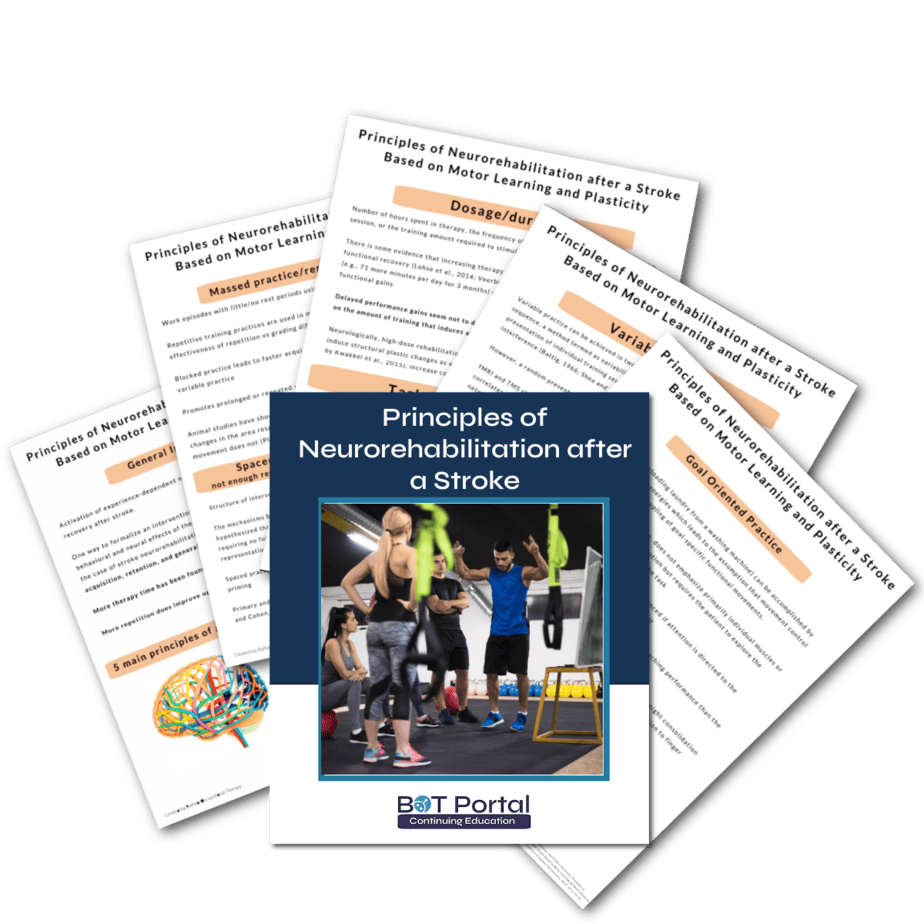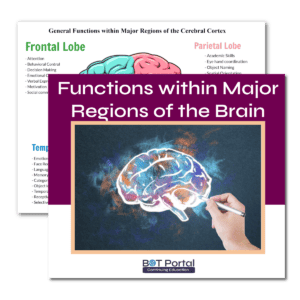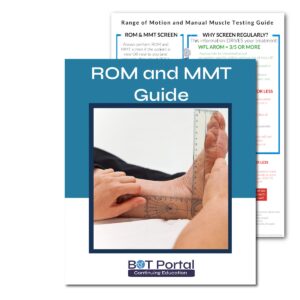Description
Principles of Neurorehabilitation after a Stroke Based on Motor Learning and Plasticity
In the landscape of stroke rehabilitation, the principles of neurorehabilitation grounded in motor learning and plasticity serve as indispensable guides on the path to recovery. When a stroke disrupts the delicate balance of brain function, the journey to reclaim lost abilities becomes a testament to the brain’s remarkable capacity for adaptation and growth. At the core of this journey lies motor learning, a fundamental process by which the brain learns to control movements. Through deliberate, repetitive practice and task-specific training, individuals are empowered to rewire neural circuits, facilitating the reacquisition of skills affected by stroke-induced impairments.
Moreover, the concept of neuroplasticity emerges as a cornerstone of stroke rehabilitation, highlighting the brain’s remarkable ability to reorganize and form new connections in response to injury. By capitalizing on the brain’s inherent plasticity, rehabilitation interventions aim to promote functional recovery by stimulating the growth of new neural pathways and facilitating the rewiring of existing ones. This dynamic process lays the foundation for restoring lost abilities and enhancing overall quality of life for stroke survivors.
Integrating motor learning and plasticity principles into stroke rehabilitation requires a multifaceted approach that addresses the diverse needs of individuals affected by stroke. Tailored rehabilitation programs, guided by evidence-based practices, offer a comprehensive framework for promoting recovery across physical, cognitive, and emotional domains. From mobility training and strength exercises to cognitive exercises and speech therapy, these interventions are designed to target specific impairments and promote optimal outcomes for stroke survivors.
Furthermore, the role of feedback mechanisms and personalized care cannot be overstated in the context of stroke rehabilitation. Feedback, whether from therapists, assistive technologies, or supportive peers, serves as a vital tool for guiding motor learning and optimizing performance. Additionally, personalized care plans, developed in collaboration with multidisciplinary teams, ensure that rehabilitation interventions are tailored to individual needs, preferences, and goals.
In essence, effective stroke rehabilitation is a testament to the transformative power of motor learning and plasticity principles. By embracing these principles, individuals can embark on a journey of recovery characterized by resilience, progress, and newfound possibilities. With each step forward, stroke survivors and their caregivers find hope, empowerment, and renewed optimism for the future.
What is included?
- 9 Unique Pages of Neurorehabilitation Princliples
Do you want to read more on this?




